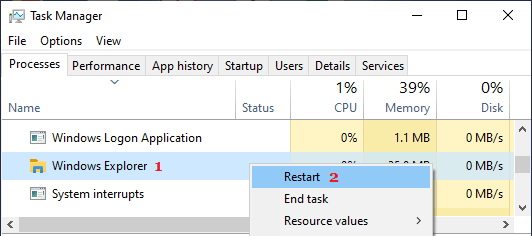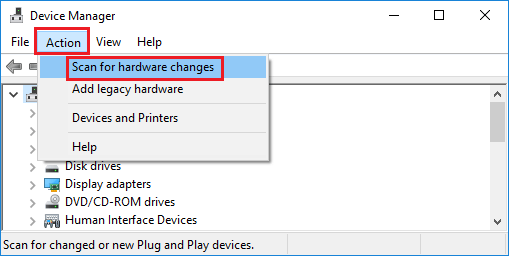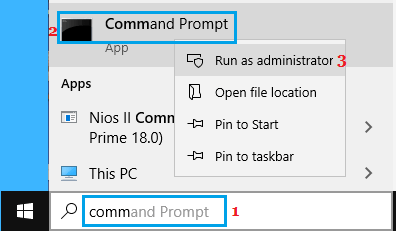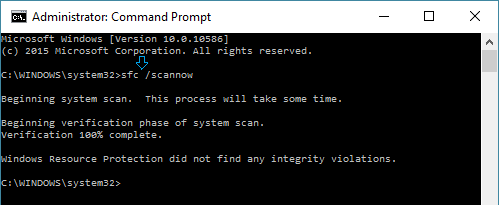The purpose of “System Tray” or “Hidden Icon Menu” on a Windows computer is to store Icons for apps, volume, network, battery and other most commonly used functions, which could not be fitted or accommodated within the Taskbar.
Hence, if the System Tray Icon is missing from the taskbar, you may find it difficult to gain quick access to certain basic functions and apps, which could have been placed by your computer in the System Tray.
System Try Icon Missing in Windows 11/10
In most cases, the reason for “System Tray” Icon missing or not showing up on the Taskbar is due to the “Hidden Icon Menu” option not being enabled in Personalization Settings of the computer.
However, this problem can also occur due to a glitch in Windows update, corrupted system files, outdated graphics drivers or an incompatible third-party app.
1. Enable Hidden Icon Menu
Start by making sure that the option to show System Tray or Hidden Icon Menu in the taskbar is enabled on your computer.
1. Go to Settings > Personalization > Scroll down in the right-pane and click on Other System Tray Icons tab.
![]()
2. In “Other System tray Icons” section, enable the Hidden icon menu option.
![]()
After this, take a look at the bottom-right corner of the screen and you should now find the System Tray Icon showing up in the Taskbar of your computer.
If the System Tray Icon is still not showing up on your computer, you can move to the next troubleshooting steps.
2. Restart Windows Explorer Service
Restarting Windows Explorer Service helps in refreshing the taskbar icons, which might help in bringing back the System Tray Icon in the Taskbar on your computer.
1. Right-click on the Start button and click on Task Manager.
2. On the Task Manager screen, right-click on Windows Explorer and click on the Restart option.

After this, you might find the System Tray Icon showing up on the Taskbar.
3. Update Device Drivers
Your computer should automatically update all the required drivers on the computer.
1. Right-click on Start button and click on Device Manager.
2. On the Device Manager screen, click on Action > Scan for Hardware Changes.

3. It should only a take a few seconds for this scan to be competed.
4. Check System Files For Errors
As mentioned above, the problem could be due a a system file being damaged or corrupted on your computer.
1. Open Command Prompt As Admin.

2. On the Command prompt screen, type sfc /scannow and press the Enter key on the keyboard of your computer.

3. Wait for the System File Checker Utility to scan the System Files on your computer for errors.
Note: It can take anywhere from 10 to 30 minutes for the scan to be completed.